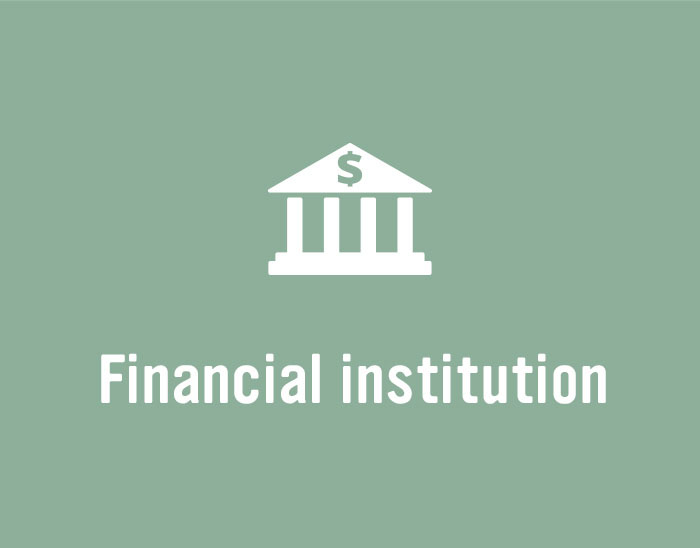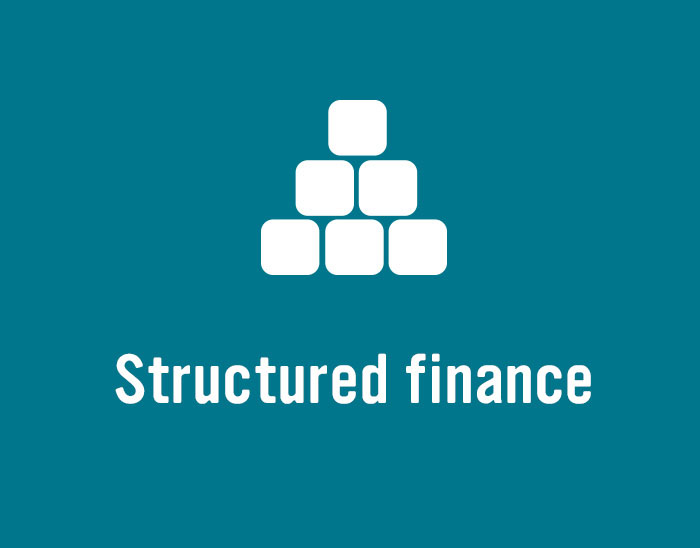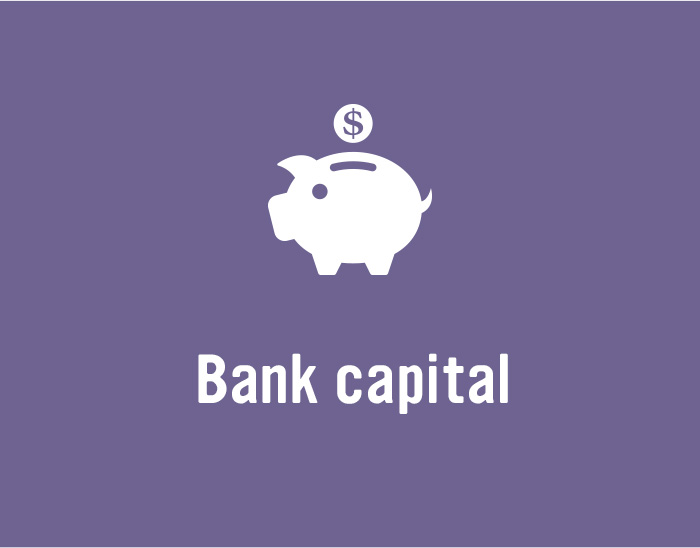
News

On 7 January, ANZ Banking Group (ANZ) (AA-/Aa3/AA-) launched a new self-led, three- and five-year, domestic, senior-unsecured, benchmark transaction. The three-year tranche will be in floating-rate format, while the five-year tranche will come in either or both fixed- and floating-rate formats. Indicative price guidance for the forthcoming deal is, respectively, 63 and 80 basis points area over swap benchmarks. Pricing is expected on the day of launch.

The prospect of QE in Australia has loomed ever larger over the market in 2019 as the Reserve Bank of Australia (RBA) has moved into an easing cycle and the cash rate has approached the zero lower bound with little sign of a significant economic rebound. At Australian Securitisation 2019 in November, prominent Australian debt investors cast their eyes over the likelihood of Australian QE, what a local regime might look like, the potential consequences and what alternatives there are to stimulate the economy.

New Zealand’s domestic banks have clarity on their new capital requirements following the conclusion of the Reserve Bank of New Zealand (RBNZ)’s consultation in early December. The RBNZ gave some concessions on eligible instruments and timeframe but market commentators still believe the new regime will have a greater impost than the regulator foresees.

More than a decade after the financial crisis, markets, central banks and governments are still trying to squeeze the new world into garments shed by the old – despite increasing evidence they’ll never fit. It is time to put aside bias and look at new solutions with an open mind.

In 2006, KangaNews and L-Bank hosted a roundtable to discuss the status of Germany, German regions, and the federal state issuers based in those regions, in global markets – including Australia. The years since have brought unprecedented upheaval, perhaps more so in Europe than anywhere else. Even so, German federal states – the länder– remain among the world’s highest-quality issuers. Two state-guaranteed development banks in particular –L-Bank and NRW.BANK – have returned to Australian dollar issuance.

At the KangaNews-Westpac Corporate Debt Summit 2019, which took place in Sydney on 15 October, the Australian corporate market took stock of developments in the economy and capital markets at home and abroad. With another record attendance in 2019, the summit has become the leading forum for the Australian corporate debt industry.

Residential mortgage-backed securities (RMBS) have always dominated the Australian securitisation market. However, a bustling consumer-finance sector sparked a clutch of nonmortgage asset-backed securities (ABS) transactions in 2019. Meanwhile, market participants say they expect more volume growth from new issuers.

Australian Securitisation 2019 took place in Sydney on 18 and 19 November with market-leading commentary on the evolution of the securitisation market, including collateral, lending regulation and benchmark reforms. The Australian securitisation market is poised to enter the next decade in robust shape, reflected by a record registration for and attendance at the Australian Securitisation Forum’s annual conference.

Deal activity in the Australian market slowed in the week prior to Christmas. Suncorp Group closed its A$389 million (US$268 million), additional tier-one capital deal, while ANZ Banking Group printed a A$265 million, 20-year bullet, tier-two EMTN deal. KangaNews thanks its subscribers for their support in 2019 and will return in the first week of 2020.

On 20 December, Macquarie Bank (Macquarie) revealed plans to engage investors regarding a self-led refinancing of its Class A notes from its Puma Series 2015-1 residential mortgage-backed securities (RMBS) deal. The notes are expected to total less than A$431 million (US$297.1 million).

